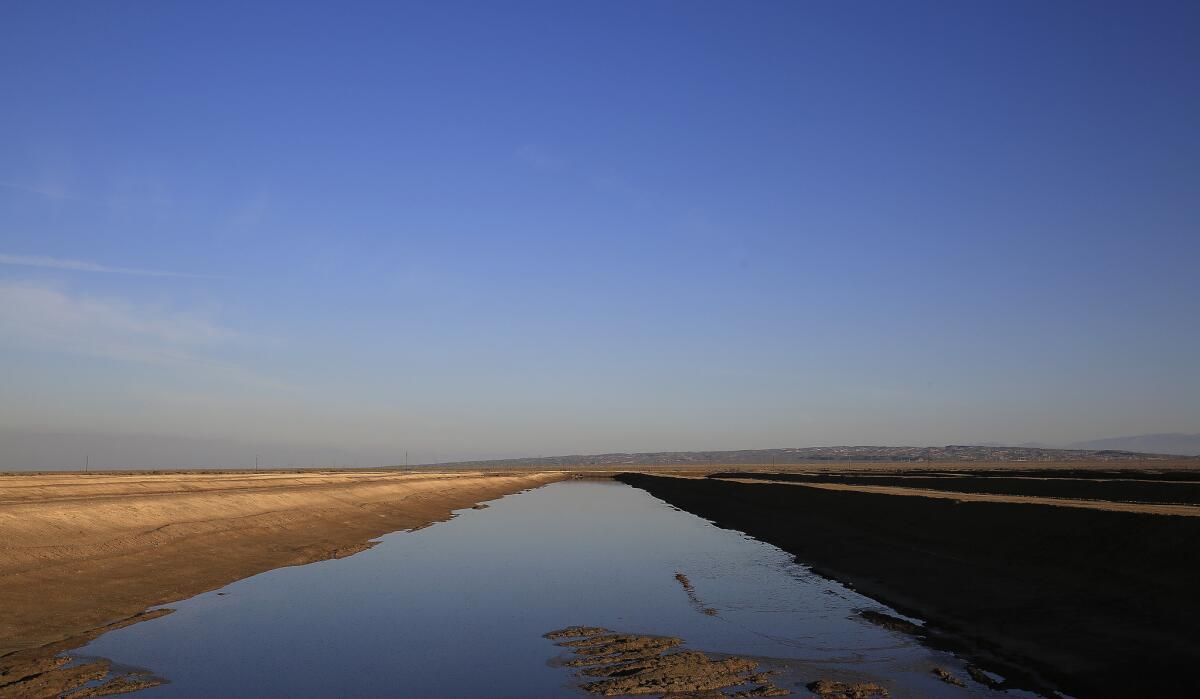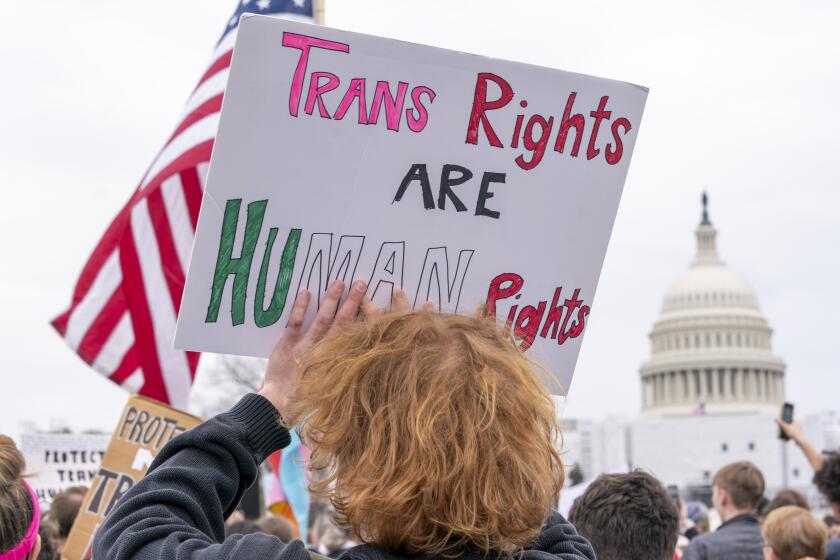State lawmakers slam oil regulators after embarrassing lapses

- Share via
The agency that regulates the oil industry in California is — by its own admission — in disarray. After a series of embarrassing disclosures about regulatory lapses that allowed drilling in protected aquifers, officials at the Division of Oil, Gas and Geothermal Resources are trying to untangle years of chaotic operation.
But the fixes aren’t happening fast enough to satisfy many state lawmakers. In recent weeks, elected officials have publicly chided the agency, launched their own investigations and introduced at least a half-dozen bills that aim to recast DOGGR’s mission to prioritize protecting public health and the environment over promoting energy development.
“The Legislature is going to be very engaged on this entire subject, relating to the safe operation of oil and gas drilling,” said Sen. Fran Pavley (D-Agoura Hills). “We are not going to advance one industry over the health and safety of other industries and the citizens of California.”
Pavley introduced a bill that would overhaul DOGGR and the agency’s troubled Underground Injection Control program. It would require disclosure of records that detail the chemicals and techniques used to extract oil and the waste those operations produce.
Sen. Hannah-Beth Jackson (D-Santa Barbara) sponsored legislation that would change the agency’s mission to encourage environmental protections and require increased transparency in agency decision-making and industry records. The measure would also prohibit injection wells that pump into any groundwater aquifer.
Other bills would set emission standards for methane released from fracking operations and require full vetting and public comment in cases where the state seeks to exempt aquifers from federal drinking water protections.
Assemblyman Das Williams (D-Santa Barbara) introduced a measure that would require annual reviews of injection wells and extensive groundwater monitoring by operators.
Other lawmakers are proposing legislation that would update arcane rules regulating steam injection projects. In those operations, steam is injected into the ground to loosen heavy crude and allow it to flow out of a well. State officials admitted this month that they allowed oil companies to inject superheated steam at pressures far exceeding state and federal thresholds.
Lawmakers became concerned about DOGGR’s ability to regulate the oil industry after agency officials admitted last summer that for years they inadvertently allowed oil companies to inject wastewater from fracking and other oil production operations into hundreds of disposal wells in protected aquifers, a violation of federal law.
Now, DOGGR is reviewing the locations and operations of more than 2,500 wells. So far, the agency has shut down 23 injection wells that are in aquifers not approved for waste disposal.
The agency’s acknowledgment that wells were operating where they shouldn’t came as drillers disclosed for the first time the amounts of certain dangerous chemicals in the waste fluid from wells that produce oil. The companies’ reports, which were a result of new requirements under a law legislators passed last year, showed high levels of benzene, a human carcinogen, in the water that comes out of the ground with oil. Benzene is naturally occurring but extremely toxic. The levels detected were, in some cases, thousands of times above federal and state safe drinking water standards.
Agency officials have attributed errors that allowed drilling in protected waters to haphazard record-keeping and antiquated data collection. And they have said that initial tests on nine drinking water supply wells found no benzene or other contaminants.
The federal Environmental Protection Agency has called the state’s errors “shocking” and said California’s oil field wastewater injection program does not comply with the federal Safe Drinking Water Act.
Last week, Pavley and seven other legislators sent Gov. Jerry Brown a letter asking for the immediate suspension of waste injection into aquifers that are still under investigation. Pavley said that she has received no response from Brown’s office.
Legislators had weeks earlier fired off a harsh letter to DOGGR and the state Water Resources Control Board in response to the revelation that Kern County water officials identified hundreds of unpermitted, unlined pits created by oil companies to dispose of oil field waste. Pavley and Williams requested a ban on the use of unlined pits, a prohibition called for in federal fracking regulations that the Department of the Interior announced last week.
Proponents of overhauling the agency said they welcome any change that leads to better protection of people and the environment.
“Californians have lost all confidence in our regulators,” said Andrew Grinberg of the group Clean Water Action. “Allowing oil companies to inject toxic chemicals into sources of drinking water, while we suffer from extreme drought, is a clear sign that DOGGR needs urgent reform.”
The fate of any of the bills, which still must wind through the legislative process, is unclear. Brown has said he is supportive of institutional change at DOGGR, but he is equally committed to maintaining a robust oil industry.
Oil companies contend that legislators should wait for DOGGR to implement its own changes and not interrupt current production.
“This is the appropriate path for this review to take place and not in so-called reform proposals that will further constrain production of vital domestic energy supplies,” said Catherine Reheis-Boyd, president of the Western States Petroleum Assn., an industry group.
Officials at DOGGR said they would not comment on pending legislation but reiterated the agency’s commitment to protecting water.
“Testing so far by the Water Board has revealed no contamination of water used for drinking or agricultural purposes from underground injection, and we intend to keep it that way,” said Steve Bohlen, the state oil and gas supervisor.
julie.cart@latimes.com
Twitter: @julie_cart
More to Read
Sign up for Essential California
The most important California stories and recommendations in your inbox every morning.
You may occasionally receive promotional content from the Los Angeles Times.














